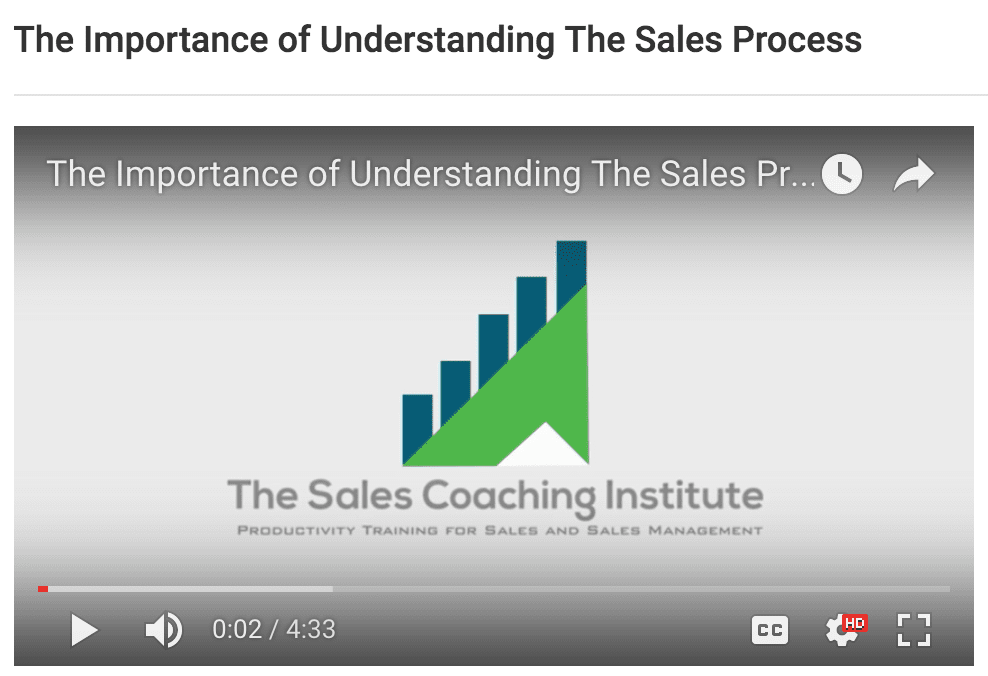Do Your Sales Reps Need A Digital Detox From Technology To Get Back To The Basics of Selling! Prospecting, Presenting & Closing.
Modern technology has made amazing strides in allowing businesses to communicate more effectively. Paper trails have never been easier to create than by hitting the send button in your email. But technology is also making larger gaps in the way clients are treated and making contact with clients. Maybe it’s time your sales team went into a digital detox to reconnect with the effective basics of selling.

Continue To Set Smart Sales Goals
Sales have always been driven with a quota in mind. Sales reps know the mark they have to make and how many clients they would have to see
to be able to make that mark. Relying on programs and customer service applications to manage time and expectations takes away from the basics of hard-core selling of days spent getting in front of customer’s belly to belly. Returning to the basics of breaking down sales goals so sales reps is important to helping them reach the most qualified prospects in any given period of time.
Prospects, Presenting and Closing
Three simple words encompass the goals of all sales reps. They must be ever searching for prospects, presenting their sales pitch and closing deals. Technology brings along all of the paperwork sales reps used to worry about when they were at the office to every meeting via cell phones and the digital world. Now that paperwork travels everywhere with them, you should develop new habits that will ensure times saved is spent hunting down clients and setting up appointments. A sales rep’s time should be balanced with most of their day dedicated to prospects, presenting and closing. Obsessive email checking and texting takes away from this focus. You should set a goal to only check emails and texts during certain times of the day to help yourself and your team remain focused.
Related Articles:
3 Steps To Help Prospects Commit
Belly to Belly and Paper to Pen
It’s time for reps to limit technology use to only the most important and influential activities and focus more on face to face meetings. Start putting paper to pen to write thank you notes, remember a client’s birthday with a snail mail card personally signed and stop with the texting and emails. Reps need to “do lunch” as they say and get back to the basics of pampering and engaging clients to drum up business.
Remember, technology is still going to be crucial in today’s digital world. However, the basics of sales can NOT be forgotten. Try to get back to the basics of selling to increase your sales numbers.
Related Articles:
Cultivating & Capitalizing On The Sales Relationship
Stop Pitching & Start Solving Client Problems
If your sales team needs a refresher course on face to face communication Doug Dvorak is a keynote speaker and sales trainer specializing in successful sales techniques. Visit http://dougdvorak.com/contactus.asp or https://salescoach.us for more details.










 Your fourth challenge is deciding how to formulate a pay structure that works for you. Compensation plays a large role in driving behavior within your sales team. Will you pay your sales force with a base pay along with commission, salary alone or completely commission? The Sales Coaching Institute offers great advice and programs dedicated to Sales Compensation Strategies that can help you develop
Your fourth challenge is deciding how to formulate a pay structure that works for you. Compensation plays a large role in driving behavior within your sales team. Will you pay your sales force with a base pay along with commission, salary alone or completely commission? The Sales Coaching Institute offers great advice and programs dedicated to Sales Compensation Strategies that can help you develop 